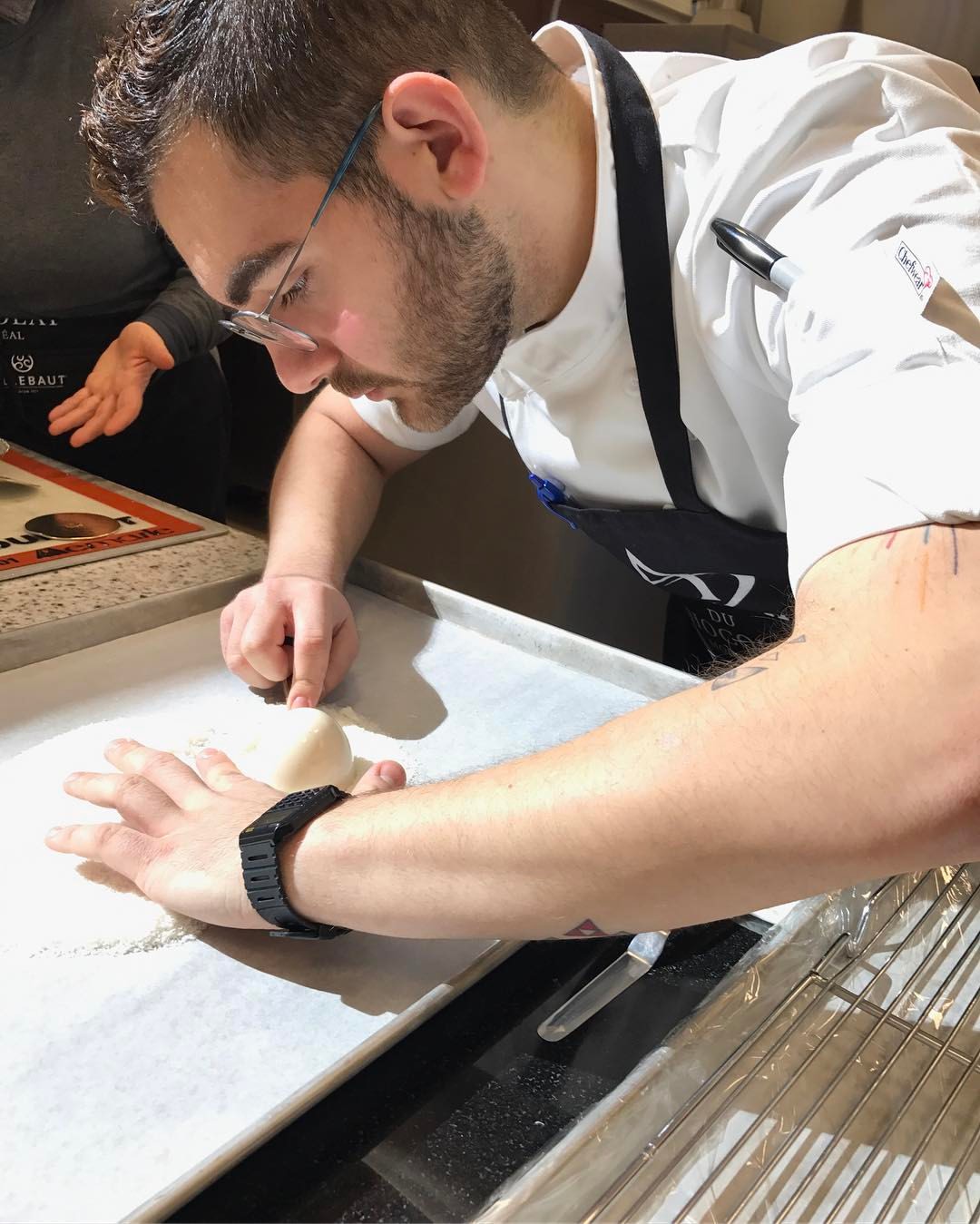Summer Blog Series: Perspectives from Anthropology of Food
This summer we are pleased to offer a series of blog entries written by the students in the summer Anthropology of Food class (ML 641) in which they reflect on current issues, discuss assignments they have worked on, or address topics of particular interest to them. Today’s post is the first in this series.
–Karen Metheny
Food as a Symbol of Class Hierarchy
by Frank Carrieri
Nowadays, I am spending my summer nights taking Anthropology of Food, and I find

myself reflecting on food as a symbol. As a professional chef, I have come to realize that I am feeding the wrong people. In fine dining, those who visit can afford the food and are typically food secure. Food, in this instance, can be considered a luxury. One does not need to eat foie gras to live an active and healthy life, but one might indulge in sheer pleasure. While food may symbolize luxury and class, many are unfortunate to live in an area without an abundance of food sources or without the means of access to healthy food, thus leaving them struggling. Food deprivation is excessive in low-income areas throughout the United States. The consequences of food insecurity can take a toll on one’s health and mental state. Food insecurity illustrates a noticeable power struggle.
In this context, food may symbolize class hierarchy. The middle- and upper-class citizens have the ability to be choosy with their diet (Counihan 1992). The USDA food assistance programs, such as SNAP or WIX, are adversely allocated because there is this notion that the poor eat contrarily to the upper class. Science has helped alleviate the constraints on food hierarchies by developing ways to feed our ever growing society, but it has not done enough to solve the issue of food insecurity. Throughout the 20th century, our food system endured a shift that created a focus on feeding more people, but in doing so, food has been exploited and devalued by its producers. The process to industrialize our food system has not solved the issues facing Americans. With 1 in 6 Americans (Coleman-Jensen et al. 2015) seen to be food insecure, what does food symbolize in our society?
Jean Brillat-Savarin (1864, 3) once said, “Tell me what kind of food you eat, and I will tell you what kind of man you are.” What we eat are potent symbols of our identity. The food that we decide to eat illustrates the social barriers between class systems and communicates our cultural beliefs and experiences to the outside world. The fact of the matter is that food insecurity is one of the largest public health issues affecting 14% of the United States (Coleman-Jensen et al. 2015), and as a society we should be questioning our priorities. Pierre Bourdieu (2005) would say our taste is based on either luxury or necessity. No matter what food choices we make to distinguish ourselves or symbolize identity, food must be a possibility for all, and we must close the food gap. Food should not represent a symbol of social class, but rather a means of community, comfort, and social gathering.